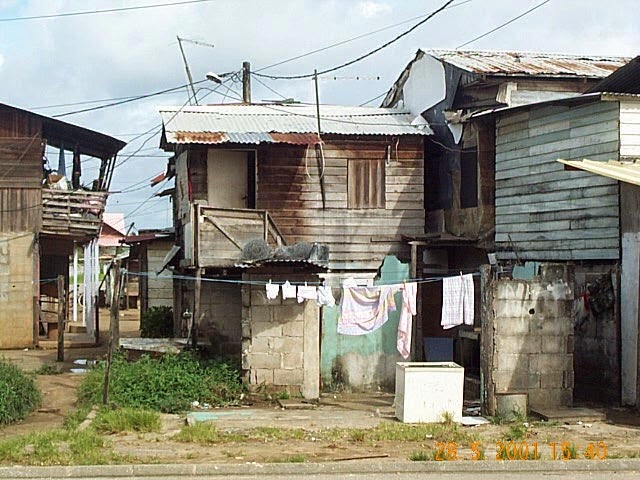We’re standing in what look, at first glance, like a rural
farm yard – barns, mud, idyllic countryside setting; the distant clanking of
heavy machinery. We loiter, Londoners in
the Cambridgeshire countryside, in high-vis jackets and wellies. The affable
Dan waits for quiet as a huge truck rumbles through to be weighed on a drive on
scales: this is not a normal farm yard – this is the UK’s largest household
compost processing facility. The Envar
facility in St Ives, near Huntingdon, processes tonnes of waste a year –
turning food scraps and garden trimmings into rich soil improver.
Compostable waste comes from all over London and the South
East, sometimes further afield when other sites run out of capacity. It’s fed through
tunnels, turned over and over, sieved and filtered – but first its weighed then
dumped in a large holding bay so that contaminants can be removed. Some people
take ‘garden waste’ very literally – as anything they don’t want which happens
to be in the garden. Dan tells us they’ve had broken plastic chairs turn up –
but more common are plastic bags and excessively large branches. On the
doorstep, a woman voiced her surprise when the compost collection folk rejected
her bin, which she’d filled with an old carpet. “I don’t understand” she said
“It’d been in the garden for years. Why wouldn’t they take it?”. Although
unwilling to divulge damning details, Dan says some places have much better
quality waste than others – the people of Bexley can be proud that theirs is of
an excellent standard.
After large and obvious contaminants have been removed,
waste is minced up a bit to make it more manageable and enters the first area –
the aerobic digester. This part of the plant is undeniably stinky – though very
little of the stench escapes the building (more on this later). Sitting in a
series of tunnels at around 60 degrees, air is blown through organic matter
allowing bacteria to break it down and render it harmless. It’s regularly
probed to make sure that any nasties will be broken down – and then moved on to
the next stage. To witness this, we have to walk through an extremely pungent
corridor, up a stinking staircase, and cross a repugnant room – and out on to
the relative freshness of the roof, bathed in fresh Cambridgeshire breezes.
From the roof, Dan talks us through the rest of the process.
A large concreted area lies in front of us, with rows and rows and rows of
steaming brown piles of muck which are being turned by a pair of diggers, which
ensures everything is broken down evenly. Because of the amount of heat that
the breakdown of organic matter creates, smoke appears to rise from the piles –
and they have to be watered at this time of year, because the bacteria involved
like a nice moist environment. It also prevents overheating and the possibility
of fires!
From the roof, we can also see the series of sorting
machines the matter travels through after waiting for weeks outside. It’s
sieved and graded then heaped up under a barn in neat piles. As we leave the roof, Dan shows us what looks
like piles of driftwood. It’s in fact a clever biological filtration system. Micro
fauna shelter here – air from the digestion tunnels is pumped through and the
resident bacteria munch on the fumes, clearing them up – well, if not entirely,
enough that they barely pong.
Before we leave, we go in for a closer look at the finished
product. Dan shows us the tag which is used to mark each batch all the way
through the process. By time it ends up under this barn, next to where we
entered the site, all that’s left is a rich soil improver : all nastiness and
stench has left the material. Well – almost all nastiness has been removed… our
eagle eyed boss, Steve, spots a 1-direction earring in the pile we’re
inspecting!

